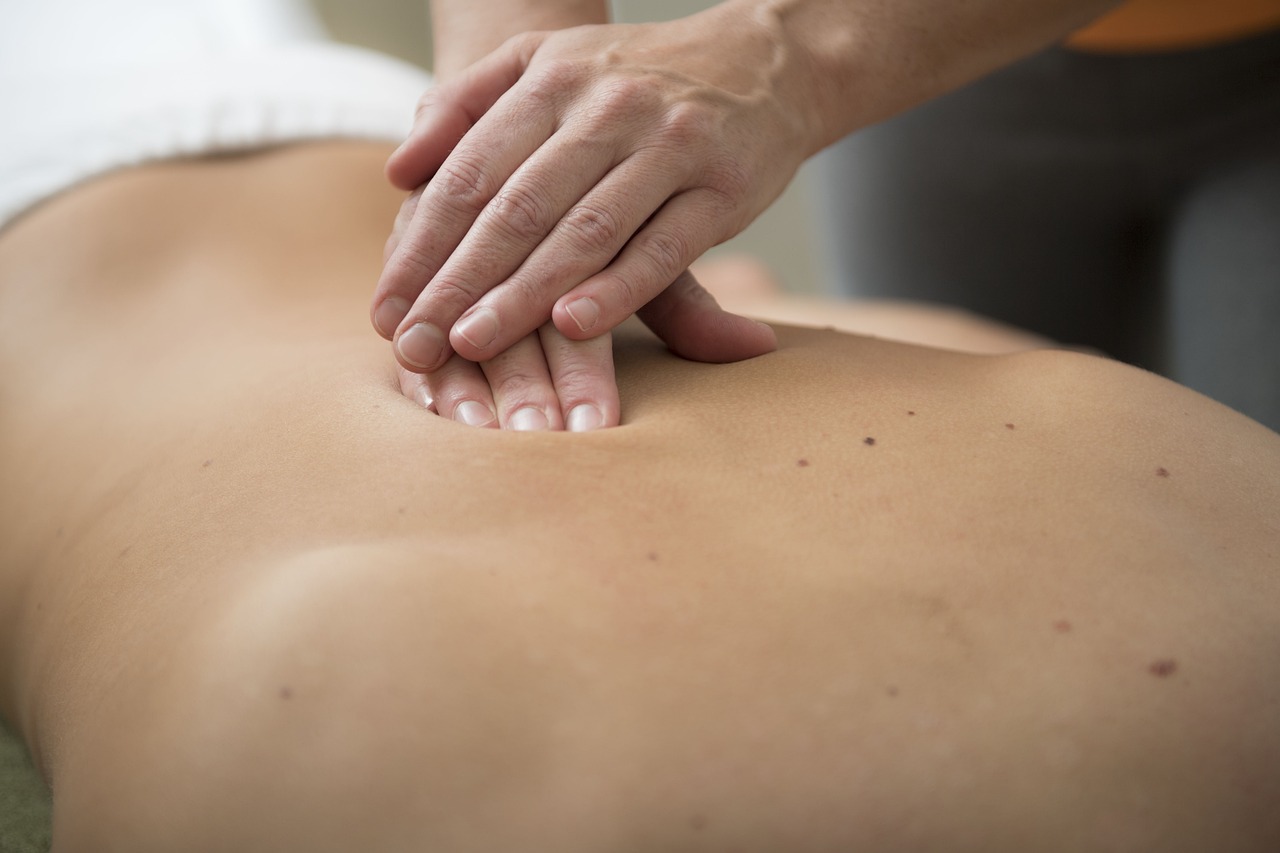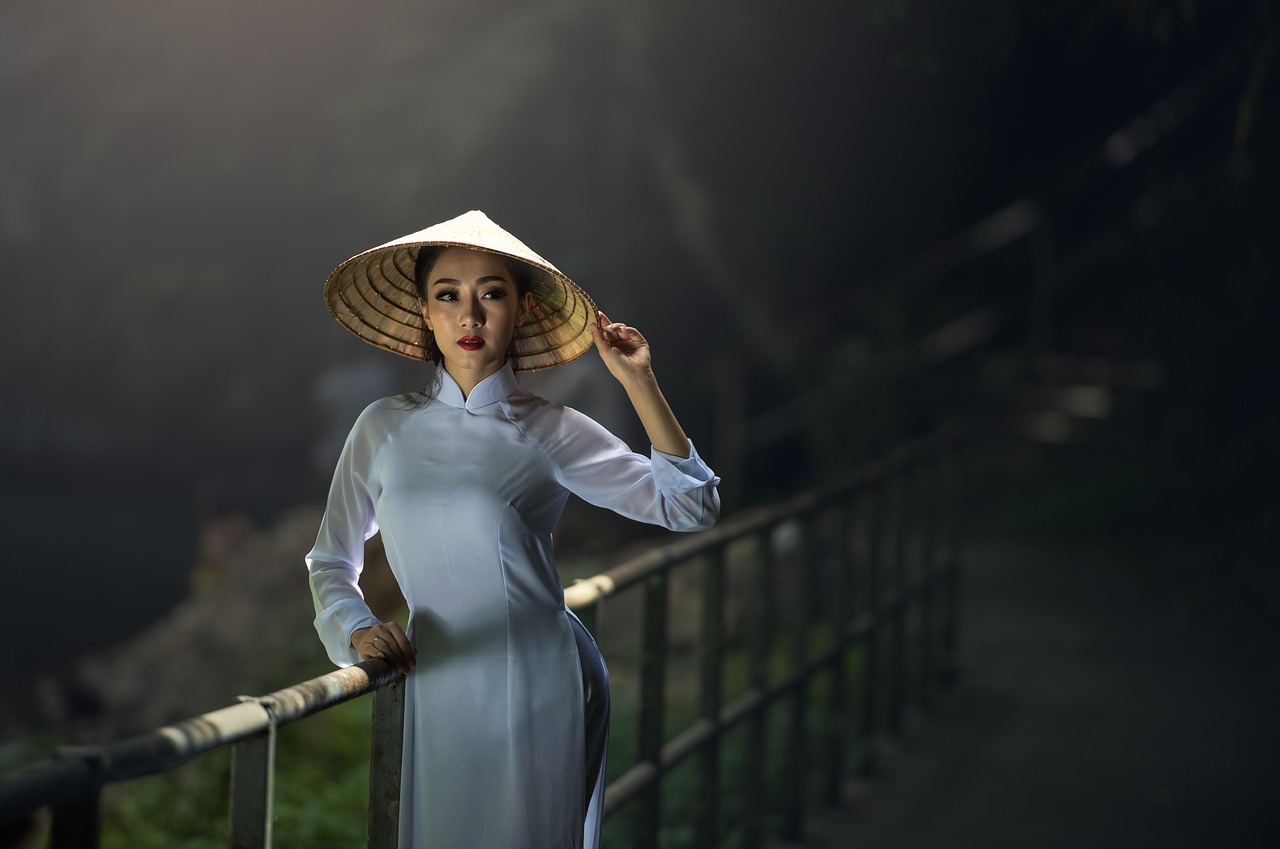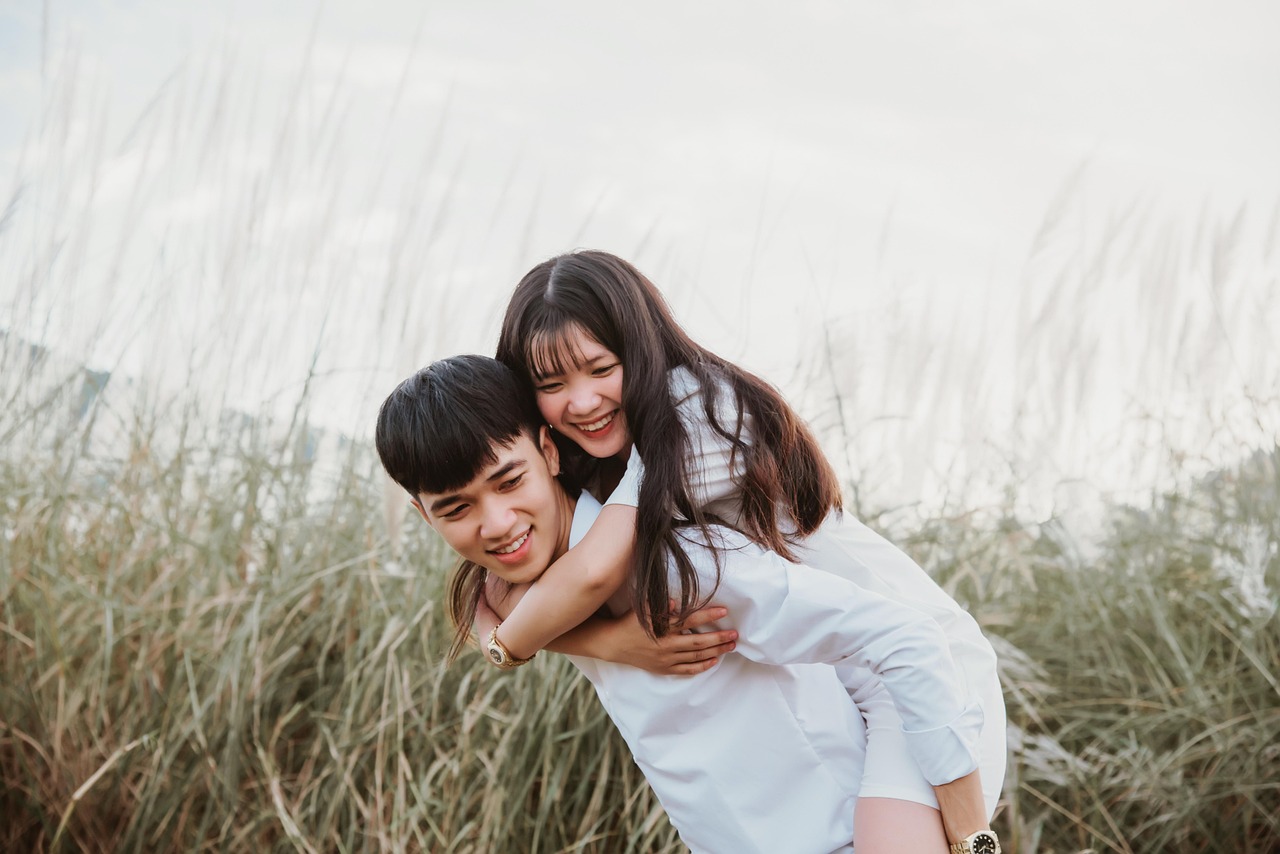This article delves into the various Asian massage techniques, exploring their origins, benefits, and methods. It aims to provide a comprehensive understanding of how these practices promote relaxation and well-being.
Understanding Asian Massage Techniques
Asian massage techniques are a rich tapestry of practices that have evolved over thousands of years, deeply rooted in traditional philosophies and cultural beliefs. From the ancient art of Shiatsu in Japan to the dynamic stretches of Thai massage, these techniques are designed not just for relaxation, but also to enhance overall health. By understanding their historical significance, we can appreciate how these methods contribute to holistic well-being.
The Benefits of Asian Massage
Asian massage offers a multitude of benefits that extend beyond mere relaxation. These techniques can significantly improve circulation, enhance flexibility, and promote emotional balance. Regular sessions can lead to noticeable reductions in stress levels and improvements in mental clarity, making them an essential part of a wellness routine.
- Stress Relief and Relaxation: One of the primary advantages of Asian massage is its effectiveness in alleviating stress. Techniques such as acupressure target specific points in the body, facilitating a release of tension that promotes deep relaxation.
- Physical Techniques for Stress Relief: Methods like Shiatsu apply pressure to key points, helping to release physical tension and restore balance.
- Mental Benefits of Relaxation: The mindfulness aspect of these techniques fosters a state of tranquility, contributing to improved mental health.
Improved Circulation and Health
Many Asian massage techniques are celebrated for their ability to enhance blood circulation. Improved circulation not only aids in physical recovery but also boosts energy levels and overall vitality. Techniques like Thai massage incorporate stretching, which can further enhance blood flow and flexibility.
Popular Asian Massage Techniques Explained
- Shiatsu Massage: This Japanese technique employs finger pressure on specific points, promoting balance and relaxation.
- Thai Massage: Combining acupressure with yoga-like stretches, Thai massage offers a unique approach to flexibility and relaxation.
Choosing the Right Technique for You
Selecting the appropriate Asian massage technique is essential for achieving desired wellness outcomes. It is important to assess personal health needs and consult with a licensed massage therapist who can provide tailored recommendations.
- Assessing Personal Needs: Identifying your physical and emotional requirements is crucial in selecting the right massage technique.
- Consulting with a Professional: Engaging with a qualified therapist can enhance your experience and ensure optimal results.
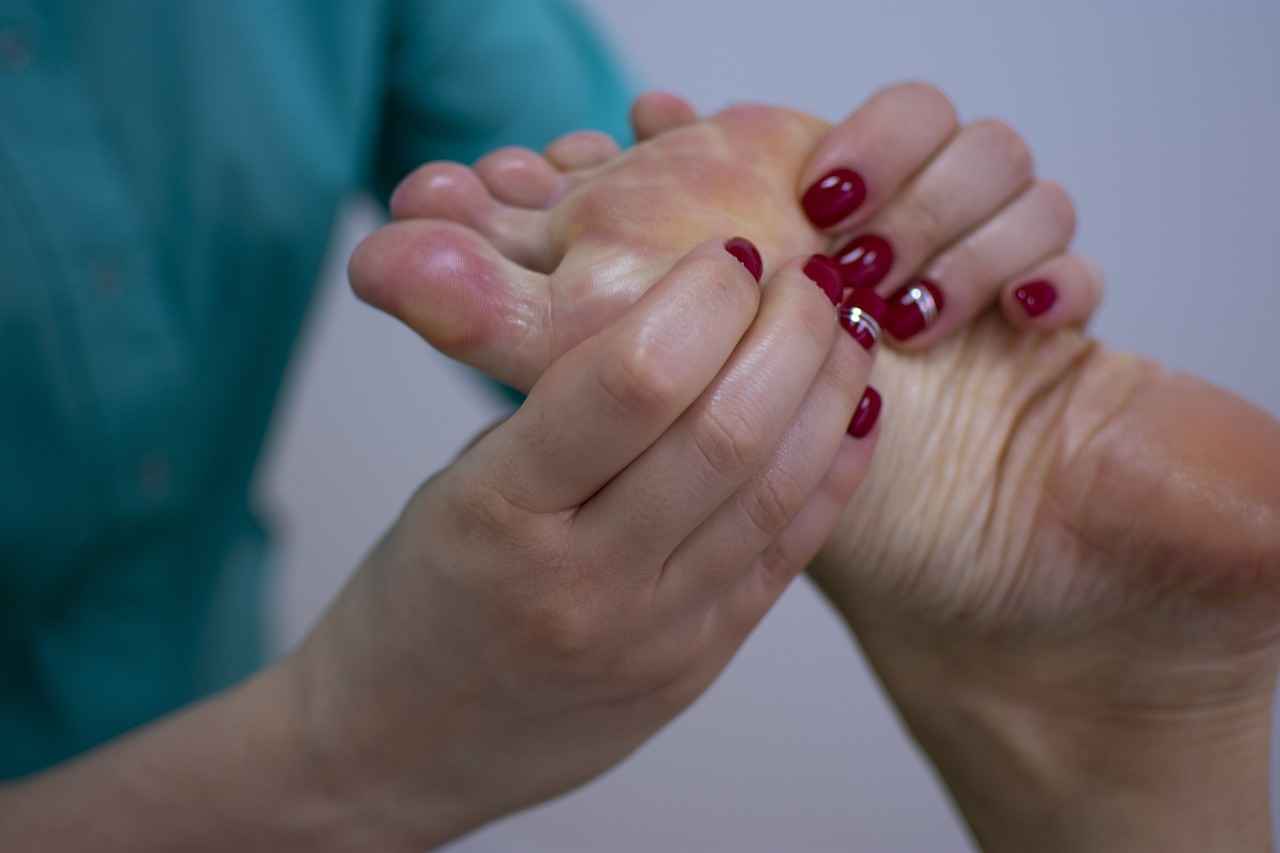
Understanding Asian Massage Techniques
is essential to grasp the intricate relationship between these practices and holistic health. Asian massage encompasses a diverse array of techniques, each with its own unique history and cultural significance. Rooted in ancient traditions, these methods have been utilized for centuries to promote physical, mental, and spiritual well-being.
Historically, Asian massage techniques can be traced back to various ancient civilizations, including Chinese, Japanese, and Indian cultures. For instance, Traditional Chinese Medicine (TCM) has long emphasized the importance of energy flow, or “Qi,” in maintaining health. Techniques such as Tuina and Acupressure are integral to TCM, focusing on stimulating specific points along the body’s meridians to restore balance and alleviate ailments.
Similarly, Shiatsu, a Japanese massage technique, draws from the principles of TCM but incorporates unique methodologies that utilize finger pressure and stretching. This approach not only addresses physical discomfort but also promotes emotional release and mental clarity.
On the other hand, Ayurveda, an ancient Indian healing system, employs massage techniques that emphasize the balance of the body’s doshas (energies). Techniques like Abhyanga involve the application of warm oils and rhythmic strokes to enhance circulation and detoxification, further contributing to holistic health.
In addition to their historical significance, these techniques are designed to foster holistic well-being. By addressing both physical and emotional aspects of health, Asian massage practices encourage a state of relaxation and rejuvenation. The benefits extend beyond mere relaxation; they also include improved circulation, enhanced flexibility, and relief from chronic pain.
Ultimately, understanding Asian massage techniques is not just about learning specific methods; it is about appreciating the profound cultural heritage and holistic principles that underpin these practices. By integrating these ancient techniques into modern wellness routines, individuals can experience a deeper connection to their health and well-being.
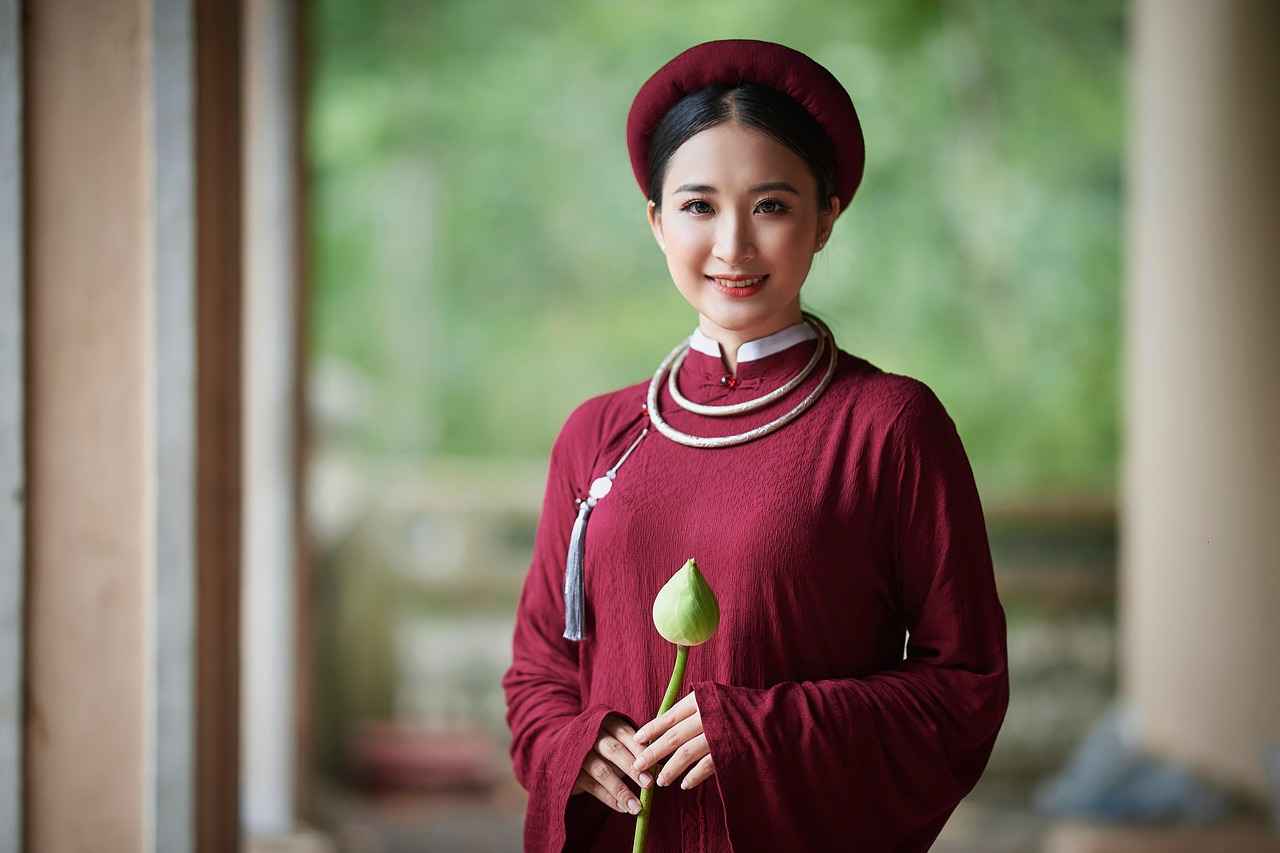
The Benefits of Asian Massage
Asian massage is not just a luxury; it is a holistic practice that offers a multitude of benefits, both physically and mentally. By integrating these ancient techniques into your wellness routine, you can experience profound changes in your overall health.
One of the most significant advantages of Asian massage is its ability to provide stress relief. The hectic pace of modern life often leads to accumulated tension and anxiety. Techniques such as Shiatsu and Thai massage focus on releasing this tension through targeted pressure and stretching, promoting a state of deep relaxation.
- Stress Relief and Relaxation: The rhythmic movements and pressure applied during Asian massage allow the body to unwind, leading to reduced levels of cortisol, the stress hormone.
- Improved Circulation: These techniques enhance blood flow, which can lead to better oxygenation of tissues and improved overall health. Enhanced circulation also aids in the detoxification process.
- Pain Relief: Many individuals find relief from chronic pain conditions, such as back pain or migraines, through regular sessions of Asian massage.
- Mental Clarity: The meditative aspect of these massages can help clear the mind, enhancing focus and mental acuity.
Moreover, the practice encourages mindfulness, allowing individuals to reconnect with their bodies and emotions. This aspect is essential for maintaining mental well-being. By focusing on the present moment during a massage, individuals can cultivate a sense of peace and relaxation that extends beyond the session.
Incorporating Asian massage techniques into your wellness routine can yield numerous benefits. From reducing stress and improving circulation to enhancing mental clarity, these practices offer a holistic approach to health that is both effective and rejuvenating.
Stress Relief and Relaxation
Stress is an inherent part of modern life, and finding effective ways to manage it is essential for maintaining overall well-being. Asian massage techniques, rooted in centuries of tradition, offer a holistic approach to achieving deep relaxation and mental clarity. By integrating various methods, these techniques not only address physical tension but also promote a profound sense of calm.
One of the primary ways Asian massage alleviates stress is through its focus on mind-body connection. Techniques such as acupressure and Shiatsu specifically target pressure points that correspond to different organs and systems in the body. By stimulating these points, practitioners can facilitate the release of endorphins, which are natural stress relievers. This physical response helps to reduce anxiety and enhance feelings of relaxation.
Moreover, the rhythmic and flowing movements characteristic of Thai massage encourage the body to enter a state of tranquility. This technique incorporates gentle stretching and deep tissue manipulation, which not only alleviates muscle tension but also promotes better circulation. Improved blood flow can lead to enhanced oxygen delivery throughout the body, further aiding in the reduction of stress levels.
In addition to physical benefits, the mental aspects of relaxation through Asian massage are equally significant. These techniques often incorporate mindfulness practices, encouraging individuals to focus on their breathing and become present in the moment. This mindful approach can help to clear the mind of clutter, allowing for a deeper sense of peace and mental clarity.
Furthermore, regular sessions of Asian massage can lead to long-term benefits, such as improved sleep quality and enhanced emotional resilience. By making these techniques a part of a wellness routine, individuals can cultivate a greater sense of balance and harmony in their lives.
- Mind-Body Connection: Engaging both the mind and body for holistic stress relief.
- Physical Techniques: Utilizing specific pressure points to release tension.
- Mindfulness Integration: Encouraging present-moment awareness during sessions.
- Long-term Benefits: Improved sleep and emotional resilience over time.
In summary, Asian massage techniques offer a multifaceted approach to stress relief and relaxation. By addressing both physical and mental aspects, these practices can lead to a more balanced and fulfilling life.
Physical Techniques for Stress Relief
In the realm of stress relief, various physical techniques play a pivotal role in promoting relaxation and well-being. Among these, acupressure and Shiatsu stand out as effective methods that target specific points in the body. These techniques are deeply rooted in ancient practices and have been utilized for centuries to alleviate tension and enhance overall health.
Acupressure is a practice that involves applying pressure to specific points, known as acupoints, along the body’s meridians. This method is based on the principles of Traditional Chinese Medicine (TCM), which posits that energy, or “Qi,” flows through these pathways. By stimulating these points, acupressure helps to release blockages, improve circulation, and promote relaxation. Studies have shown that acupressure can effectively reduce stress levels, alleviate headaches, and improve sleep quality.
On the other hand, Shiatsu is a Japanese massage technique that combines acupressure with stretching and rhythmic pressure. Practitioners use their fingers, palms, and thumbs to apply pressure on specific points, promoting a sense of balance and harmony within the body. Shiatsu not only targets tension but also encourages deep relaxation by focusing on the body’s energy flow. Research indicates that Shiatsu can significantly lower cortisol levels, the hormone associated with stress, thereby enhancing emotional well-being.
Both techniques emphasize the importance of mind-body connection, encouraging individuals to become more aware of their physical sensations and emotional states. This awareness can lead to improved stress management and a greater sense of control over one’s health. Additionally, incorporating these practices into a regular wellness routine can provide long-term benefits, including improved flexibility, enhanced mood, and a stronger immune system.
Incorporating acupressure and Shiatsu into your self-care regimen can be an empowering step towards achieving a more balanced and stress-free life. Whether you seek relief from daily stressors or simply wish to enhance your overall well-being, these physical techniques offer valuable tools for achieving relaxation and tranquility.
Mental Benefits of Relaxation
The mental benefits of relaxation through Asian massage techniques are profound and multifaceted. These ancient practices, rooted in traditions that date back thousands of years, offer a pathway to achieving a state of mindfulness and deep relaxation, which are essential for overall mental well-being.
One of the key aspects of Asian massage is its ability to promote mindfulness. This practice encourages individuals to focus on the present moment, helping to quiet the mind and reduce the incessant chatter that often leads to stress and anxiety. Techniques such as Shiatsu and Thai massage not only address physical tension but also foster a deeper connection between the body and mind.
Furthermore, the deep relaxation achieved during these sessions can trigger the body’s natural relaxation response, which is characterized by a decrease in heart rate and blood pressure. This physiological change can lead to a significant reduction in stress hormones like cortisol, thereby enhancing mood and promoting a sense of calmness.
Additionally, Asian massage techniques often incorporate elements of breathing exercises and gentle movement, which can further enhance mental clarity and emotional stability. By encouraging the release of pent-up emotions and stress, these practices can lead to improved mental clarity, allowing individuals to approach challenges with a renewed sense of focus and resilience.
- Mindfulness: Staying present and reducing anxiety.
- Stress Reduction: Lowering cortisol levels and enhancing mood.
- Emotional Release: Letting go of pent-up emotions for better mental clarity.
Incorporating Asian massage techniques into a regular wellness routine can lead to lasting improvements in mental health. By prioritizing relaxation and mindfulness, individuals can cultivate a more balanced and fulfilling life.
Improved Circulation and Health
Asian massage techniques are renowned for their ability to enhance blood circulation, which plays a vital role in overall health and vitality. Improved circulation not only aids in nutrient delivery and waste removal but also significantly contributes to various physiological and psychological benefits.
- Enhanced Nutrient Delivery: Effective blood flow ensures that essential nutrients are delivered to cells throughout the body. This is crucial for maintaining energy levels, supporting organ function, and promoting tissue repair.
- Detoxification: Improved circulation aids the lymphatic system in flushing out toxins and metabolic waste, which can lead to better skin health and reduced inflammation.
- Reduced Muscle Tension: Techniques such as Shiatsu and Thai massage stimulate blood flow to specific areas, helping to relieve muscle tension and soreness. This can enhance mobility and reduce the risk of injury.
- Boosted Immune Function: Better circulation can enhance immune response by ensuring that white blood cells are distributed effectively throughout the body, helping to fend off illnesses.
- Increased Energy Levels: As blood circulation improves, so does oxygen delivery to the brain and muscles, often resulting in heightened energy and alertness.
Moreover, the psychological benefits of improved circulation are equally important. Enhanced blood flow can lead to a reduction in anxiety and depression, promoting an overall sense of well-being. The calming effects of various Asian massage techniques can also encourage deeper relaxation, further amplifying these mental health benefits.
Incorporating Asian massage techniques into regular wellness routines can be a powerful strategy for enhancing circulation and promoting better health. Whether through the rhythmic movements of Thai massage or the targeted pressure of Shiatsu, these practices offer a holistic approach to improving both physical and mental vitality.
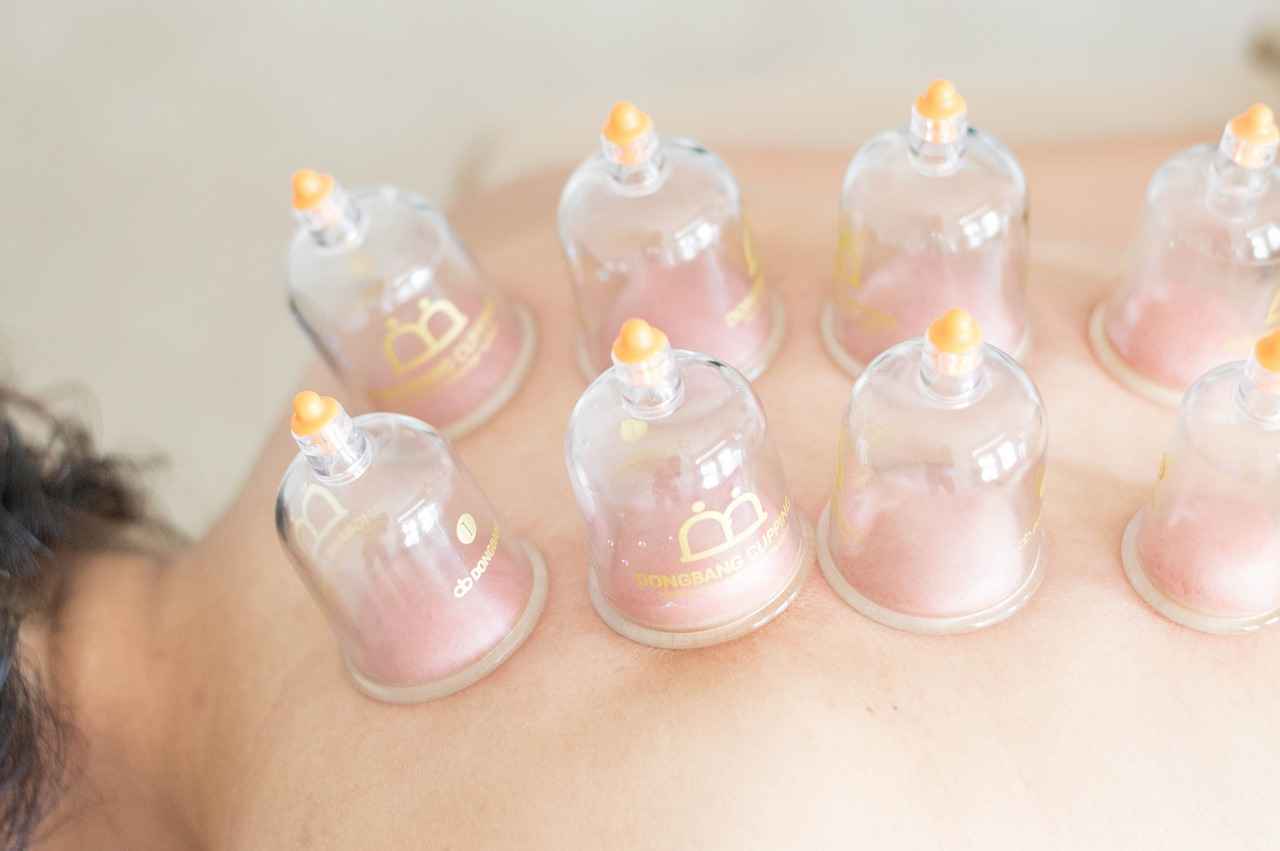
Popular Asian Massage Techniques Explained
Asian massage techniques are celebrated worldwide for their unique approaches to relaxation and healing. Each technique has its own distinct characteristics, rooted in centuries of tradition, and offers various therapeutic effects that cater to individual needs.
Shiatsu Massage is a Japanese technique that employs finger pressure on specific points along the body’s energy pathways, known as meridians. This method is grounded in the principles of traditional Chinese medicine, aiming to restore balance and promote overall well-being. Shiatsu not only alleviates physical tension but also enhances emotional health by encouraging deep relaxation.
Thai Massage is another popular technique that blends acupressure with yoga-like stretches. Practitioners use their hands, feet, and even elbows to apply pressure while guiding the recipient through a series of assisted stretches. This dynamic approach improves flexibility, relieves muscle tension, and enhances energy flow throughout the body, making it a comprehensive form of therapy.
Tuina Massage, originating from China, focuses on the manipulation of the body’s soft tissues and acupressure points. It is often used in conjunction with other traditional Chinese medicine practices, such as acupuncture and herbal medicine. Tuina is particularly effective for treating musculoskeletal disorders and promoting healing by stimulating blood circulation.
- Acupressure: This technique involves applying pressure to specific points to relieve pain and improve health.
- Hot Stone Massage: In this method, heated stones are placed on the body to enhance relaxation and ease muscle tension.
- Balinese Massage: Combining gentle stretches, acupressure, and aromatherapy, this technique aims to rejuvenate the body and mind.
Understanding these diverse Asian massage techniques allows individuals to choose the appropriate method that aligns with their personal wellness goals. Whether seeking relaxation, pain relief, or improved vitality, each technique offers unique benefits that contribute to holistic health.
Shiatsu Massage
is a traditional Japanese therapy that emphasizes the use of finger pressure on specific points of the body. Originating from ancient practices, Shiatsu integrates principles from traditional Chinese medicine, including the concept of meridians or energy pathways. This technique is designed to promote both physical and mental well-being by restoring balance within the body.
The core principle of Shiatsu revolves around the idea of Qi (or Chi), which is the vital energy that flows through the body. By applying targeted pressure on acupressure points, practitioners aim to release blockages and stimulate the flow of Qi, leading to a state of relaxation and harmony. This practice not only helps alleviate physical tension but also encourages a deep sense of mental peace.
| Benefits of Shiatsu Massage | Description |
|---|---|
| Stress Reduction | Shiatsu effectively reduces stress levels by promoting relaxation and calming the mind. |
| Improved Circulation | The application of pressure enhances blood flow, aiding in the delivery of oxygen and nutrients to cells. |
| Pain Relief | Shiatsu can alleviate chronic pain, particularly in areas such as the back, neck, and shoulders. |
| Enhanced Flexibility | The technique can improve joint mobility and overall flexibility through gentle stretching. |
During a Shiatsu session, clients typically lie fully clothed on a mat, allowing the therapist to manipulate their body through various techniques, including kneading, stretching, and pressing. This hands-on approach not only addresses physical ailments but also fosters a deep sense of relaxation, making it a holistic therapy.
In conclusion, Shiatsu massage is more than just a physical treatment; it is a holistic approach that nurtures the body and mind. By understanding its principles and benefits, individuals can better appreciate how this ancient practice promotes balance and relaxation.
Thai Massage
is a unique and dynamic therapy that integrates the principles of acupressure and yoga-like stretching. This ancient practice, originating from Thailand, is not just a physical treatment; it is a holistic approach that harmonizes the body, mind, and spirit. Practitioners use their hands, elbows, knees, and feet to apply pressure on specific points throughout the body, facilitating a flow of energy that promotes overall wellness.
One of the most notable aspects of Thai massage is its emphasis on flexibility and relaxation. The stretching techniques employed during a session can significantly enhance muscle elasticity and joint mobility. Unlike traditional massages that often focus solely on relaxation, Thai massage encourages a deeper connection between the body and mind through active participation. Clients are guided through a series of stretches and movements that mimic yoga poses, helping to release tension and improve physical alignment.
In addition to physical benefits, Thai massage offers profound mental and emotional advantages. The rhythmic flow of movements combined with deep breathing techniques fosters a sense of calm and tranquility. This practice encourages mindfulness, allowing individuals to become more aware of their bodies and emotions, leading to a reduction in stress and anxiety levels.
Furthermore, Thai massage can enhance circulation and boost energy levels. By stimulating blood flow, it helps nourish the muscles and tissues, promoting faster recovery from physical exertion. Regular sessions can also aid in detoxification, as improved circulation supports the body’s natural processes.
In summary, Thai massage is a comprehensive technique that not only improves flexibility and relaxation but also promotes overall health and well-being. Whether you are seeking relief from physical tension or looking to enhance your mental clarity, this ancient practice offers a holistic solution that can be tailored to meet individual needs.
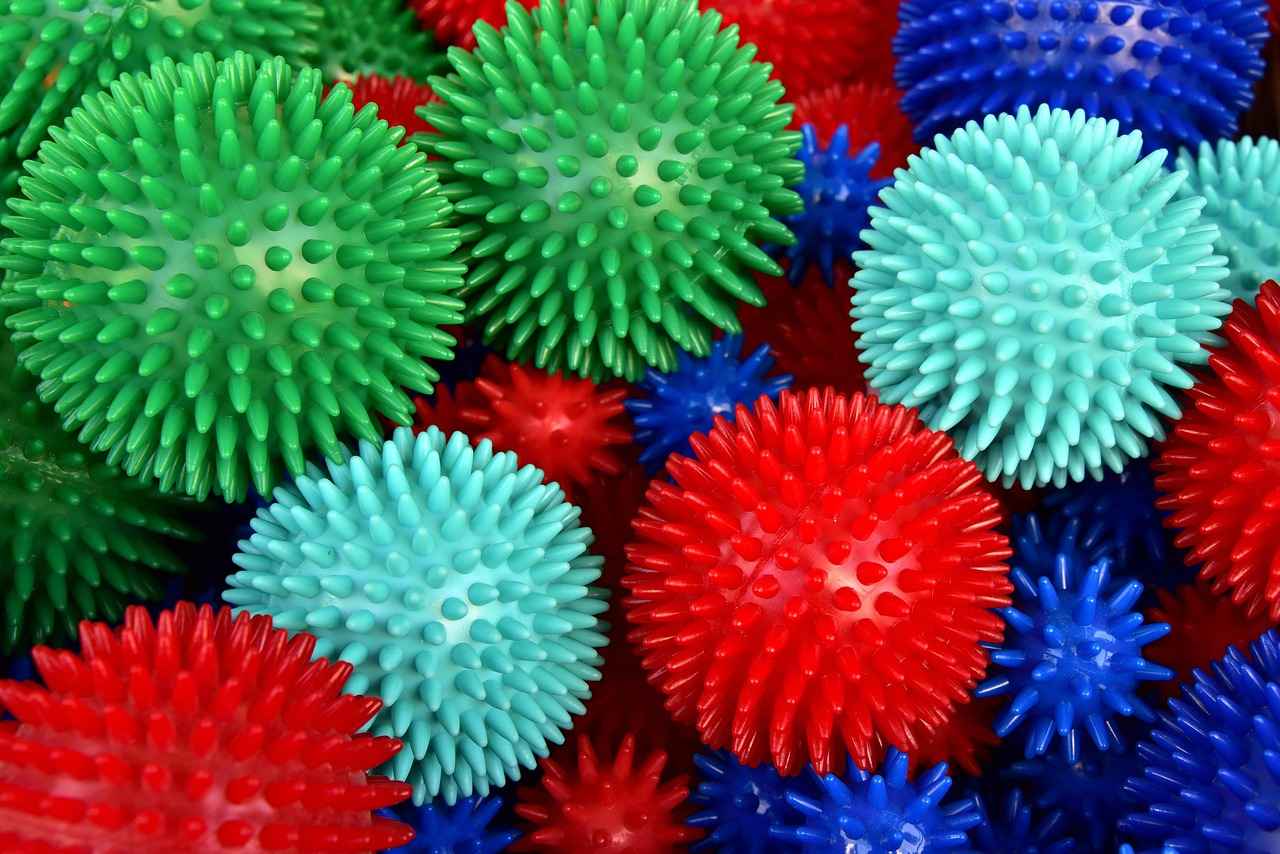
Choosing the Right Technique for You
Selecting the appropriate Asian massage technique is essential for achieving your personal wellness goals. With various methods available, understanding your individual needs will help you make an informed decision. This section offers a comprehensive guide to assist you in choosing the best technique tailored to your unique circumstances.
Assessing Personal Needs
Before selecting a massage technique, it is important to evaluate your physical and emotional health. Consider the following factors:
- Physical Conditions: Are you dealing with chronic pain, tension, or injuries? Certain techniques, like Shiatsu or Thai massage, may be more beneficial for specific ailments.
- Stress Levels: If you experience high levels of stress or anxiety, techniques focused on relaxation, such as Swedish massage, might be more suitable.
- Personal Preferences: Consider whether you prefer gentle techniques or more vigorous methods. Your comfort level is crucial in maximizing the benefits of the massage.
Consulting with a Professional
Engaging with a licensed massage therapist can provide valuable insights tailored to your needs. Here are some reasons to seek professional advice:
- Expert Assessment: A professional can assess your physical condition and recommend appropriate techniques based on their expertise.
- Customized Approach: Therapists can create a personalized massage plan that combines different techniques to address multiple concerns.
- Safety Considerations: Consulting a professional ensures that the chosen technique is safe, especially if you have underlying health issues.
By taking the time to assess your needs and consulting with a professional, you can select an Asian massage technique that aligns with your wellness goals, ensuring a more effective and enjoyable experience.
Assessing Personal Needs
When it comes to selecting the right massage technique, assessing personal health needs is of utmost importance. Understanding both your physical and emotional requirements can significantly enhance the effectiveness of the massage experience. This section provides a framework for evaluating these needs, ensuring that you choose a technique that aligns with your wellness goals.
- Physical Health Evaluation: Begin by considering any existing health conditions or physical limitations. Are there areas of chronic pain or tension in your body? Identifying these issues can guide you toward techniques that focus on specific muscle groups or pressure points.
- Emotional Well-being: Reflect on your emotional state and stress levels. Are you seeking relaxation, relief from anxiety, or perhaps a boost in overall mood? Different massage techniques can address various emotional needs, such as stress relief through gentle strokes or invigorating methods for energy enhancement.
- Personal Preferences: Consider what type of touch you find most comfortable. Some individuals prefer deep tissue techniques, while others might favor lighter, more soothing approaches. Your comfort level will play a crucial role in the effectiveness of the massage.
- Consultation with Professionals: Engaging with a qualified massage therapist can provide invaluable insights. They can help assess your needs through a thorough consultation, offering recommendations based on their expertise and your personal health history.
In summary, taking the time to evaluate your physical and emotional health can lead to a more fulfilling and beneficial massage experience. By understanding your unique needs, you empower yourself to make informed decisions about which massage technique will serve you best.
Consulting with a Professional
is a critical step in maximizing the benefits of Asian massage techniques. While many individuals may attempt to self-diagnose their needs or choose a technique based on trends, the expertise of a licensed massage therapist can provide tailored insights that lead to optimal results. These professionals have undergone extensive training and possess a wealth of knowledge regarding various massage modalities.
When considering a massage, it is essential to recognize that each individual’s body and emotional state are unique. A licensed therapist can assess your specific health conditions, lifestyle, and preferences to recommend the most suitable technique. For instance, someone experiencing chronic back pain may benefit more from Shiatsu, which focuses on pressure points, while another individual seeking relaxation might find Thai massage more beneficial due to its stretching elements.
Furthermore, a professional can explain the underlying principles of each technique, helping clients understand how they work. This understanding is vital, as it empowers individuals to make informed decisions about their wellness journey. During a consultation, you can discuss any concerns or preferences, allowing the therapist to customize the session to meet your needs effectively.
Another important aspect of consulting with a professional is the opportunity for ongoing support and education. A licensed massage therapist can offer guidance on self-care practices, recommend stretches or exercises to complement your massage sessions, and provide insights into maintaining a balanced lifestyle.
In summary, the importance of seeking professional advice cannot be overstated. By consulting with a licensed massage therapist, you gain access to personalized recommendations, expert knowledge, and ongoing support that can significantly enhance your overall wellness experience.
Frequently Asked Questions
- What are the main benefits of Asian massage techniques?
Asian massage techniques offer a variety of benefits, including stress relief, improved circulation, and enhanced overall well-being. These methods help to release tension in the body and promote relaxation, making them an excellent addition to your wellness routine.
- How do I choose the right Asian massage technique for me?
Choosing the right technique depends on your individual needs and preferences. Consider factors like your physical condition, stress levels, and desired outcomes. Consulting with a licensed massage therapist can also provide personalized recommendations to help you find the best fit.
- Are there any specific techniques for stress relief?
Yes! Techniques such as Shiatsu and acupressure specifically target pressure points in the body to alleviate stress and tension. These methods focus on promoting relaxation and balance, making them effective for those looking to unwind.
- Can Asian massage improve my circulation?
Absolutely! Many Asian massage techniques are designed to enhance blood flow and circulation. Improved circulation can lead to better health and vitality, helping you feel more energized and rejuvenated.
- Is it necessary to consult a professional before getting a massage?
While it’s not mandatory, consulting a professional is highly recommended. A licensed massage therapist can assess your needs and guide you in selecting the most appropriate technique for your personal wellness goals.
